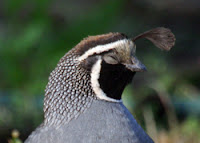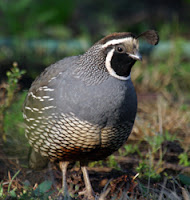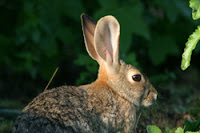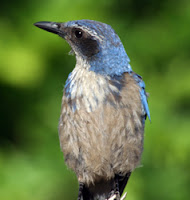
A van full of illegal aliens crashed head-on with a local's pickup truck, on Route 94 not far from the Bravo Cafe and the feed store. At least four people in the van died; the driver of the pickup (a 79 year old — and apparently very tough — woman) survived the crash with moderate injuries.
The Union-Tribune picked up the story; an excerpt:
At least eight people were injured, six of them critically. One was still trapped in a vehicle a half-hour after the wreck and Heartland Fire personnel were trying to rescue him, a dispatcher said.
The Chrysler minivan had 11 undocumented immigrants in it, said California Highway Patrol Officer Brian Pennings. He said the driver avoided a Border Patrol checkpoint near Otay Lakes Road, southeast of the crash, by swerving into opposite lanes.
The Border Patrol was not pursuing the van when the collision occurred, Pennings said.
This accident plays right into one of the things that really scares me — the idea that my life might be ended (or drastically changed through some awful injury) by the actions of someone else, over which I have absolutely no control. What happened to the illegal aliens is horrible enough, but the fact is that they go into that situation through their own actions. Think of that tough 79 year old woman — through no fault of her own, and probably without any option on her part, she became a victim of this situation. I hope she's going to be ok; I'm not really sure what "moderate injuries" means. Yikes!
Update: Since the early reports, apparently another one of the injured has died, making a total of five deaths. The injured woman was 69 years old, not 79 as reported earlier. Her name is Floella Jones, but I've not been able to find any information to contact her, including the hospital.
Update 2 (and bump): A reader (thanks, Lissa) emailed to tell me about Floella:
I am a friend of Floella Jones; and I have recently visited her. She is doing fine. She's still in some pain but is recovering remarkably quickly. At the time of the accident, she was overwhelmed with grief for those who were not as fortunate as she was and is praying for the full recovery of those who were injured and survived. She is also praying for the comfort of the families and friends of those who perished. And she apparently holds no grudge towards the driver who caused the accident. In fact, she laments that he has ruined his life so much at such a young age. And she is praying for his complete physical, emotional and spiritual healing. Mrs. Jones is also recovering remarkably from the emotional pain that the accident caused her, even though those wounds are likely to take her the rest of her life to fully recover from.
Floella sounds like a remarkable lady, blessed with grace and strength.









